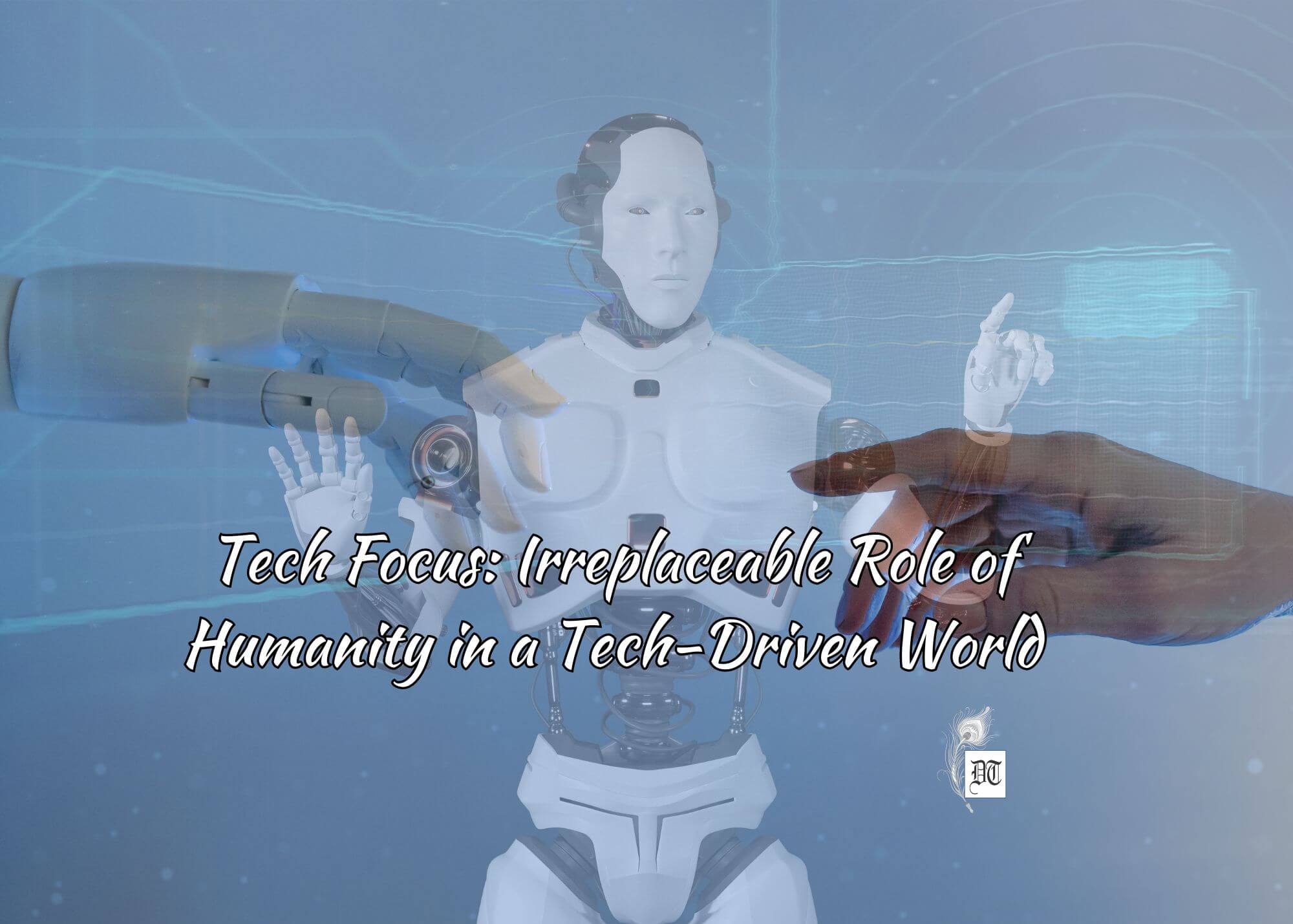The Digital India initiative of Modi-led BJP has come up with flying colours. ICT has vast potential to bring up new opportunities and combat challenges, opines Joydev. An exclusive for Different Truths.
 Among all other initiatives taken by the Narendra Modi-led BJP government during its first term, the Digital India initiative has come up with flying colours. It has been instrumental in taking India towards a digital age. Though from the time of liberalisation, i.e. from the 1990’s India has been exploiting technology with various economic reforms and investments, it is only in the recent past that the country has deepened its focus in amplifying digitalisation and make the country a technology leader. Information and Communication Technology (ICT) has vast potential to bring up new opportunities and combat challenges in developing countries like India.
Among all other initiatives taken by the Narendra Modi-led BJP government during its first term, the Digital India initiative has come up with flying colours. It has been instrumental in taking India towards a digital age. Though from the time of liberalisation, i.e. from the 1990’s India has been exploiting technology with various economic reforms and investments, it is only in the recent past that the country has deepened its focus in amplifying digitalisation and make the country a technology leader. Information and Communication Technology (ICT) has vast potential to bring up new opportunities and combat challenges in developing countries like India.
Though from the time of liberalisation, i.e. from the 1990’s India has been exploiting technology with various economic reforms and investments, it is only in the recent past that the country has deepened its focus in amplifying digitalisation and make the country a technology leader.
About Digital India
Under the aegis of the Ministry of Electronics and Information Technology (MeitY), the Government of India launched the Digital India campaign on July 1, 2015, to widen the digital reach and ensure the delivery of Government services through electronic media. The government took this initiative with three core visions – governance and services on-demand, digital infrastructure as a core utility for citizens, and the digital empowerment of citizens. The initiatives aimed to perk up the digital infrastructure in rural areas and enhance the existing digital economy. This year, i.e., for 2020-21, the government has increased the expenditure by 23% to Rs. 3,958 crore and this increase are likely to contribute to scaling the electronic manufacturing industry, support the R&D, and strengthen the data protection and cybersecurity frameworks.
Prospects of the Indian Digital Economy
It is anticipated that India’s digital economy may reach 1 Trillion USD by 2025. Can you imagine how big it is? This will not only open up new job opportunities across the digital ecosystem but also will increase the foreign investment, boost small and medium business besides enhancing the country’s economic growth. With around 9,300 tech-startups, India is the third-largest country with the highest number of tech-startup ecosystems in the world. Most of these startups play in the niche areas of technology like data analytics, Blockchain, AI, and cybersecurity. This huge infrastructure makes it imperative to tap the potential of this ecosystem. The MeitY has launched several programs like TIDE (Technology Incubation and Development of Entrepreneurs), promotion of ESDM (Electronics System Design and Manufacturing) to create a conducive ecosystem.
It is anticipated that India’s digital economy may reach 1 Trillion USD by 2025. Can you imagine how big it is? This will not only open up new job opportunities across the digital ecosystem but also will increase the foreign investment, boost small and medium business besides enhancing the country’s economic growth. With around 9,300 tech-startups, India is the third-largest country with the highest number of tech-startup ecosystems in the world.
Digital India so far…
There has been a consistent upward growth trajectory of the Digital India programs. It has so far achieved a number of milestones and has covered a plethora of sectors including universal access to mobile connectivity, development of broadband highways, e-governance, and public internet access programs. Some common and well-known examples under the aegis of the Digital India program are Smart City mission, RuPay, GeM (Government e-Marketplace), BHIM UPI, DigiLocker, etc.
The Road Ahead…
To achieve what is desired, India will have to face innumerable challenges including the rampant digital divide, varied demographic profile, and underdeveloped technology infrastructure. Enhancing digital literacy and accessibility is the Government’s primary concern at this wooden anniversary. Accelerated focus on the core components through state-of-the-art schemes and systems will ensure interoperability across the ecosystem. Areas like data processing, tech start-up ecosystem, and e-commerce should be given more importance. Another area that needs to be addressed is the cyber-security and privacy of citizens. One step in this direction is the Personal Data Protection Bill, 2019, which is currently under consideration by the Government. India now needs to forge digital policies that are customised for the Indian scenario and explore the vast treasure trove of technical competence lying in the country.
Photo from the Internet








